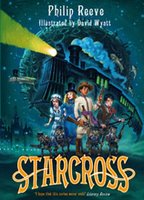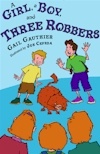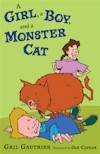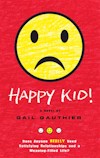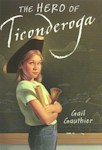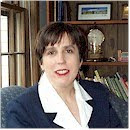Mom As Powerful Immortal
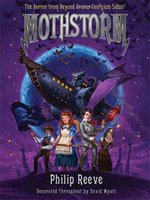
What better time then Mother's Day to discuss a book in which a pivotal figure is a go-to Mom who really can fix, if not everything, a whole lot?
Mothstream by Philip Reeve with illustrations by David Wyatt is the third in the Larklight series. This series is particularly notable, I think, because its third book is as good as its first. Reeve isn't running out of ideas or humor.
When I read Starcross, the second Larklight book, I wondered if kids would get the humor. (I know, I know. I'm always wondering about that.) I think that Mothstorm may actually be more accessible to young readers. If so, that may be because of all the focus on Mother.
In the Larklight series, Art and Myrtle's mother is some kind of immortal being who has created the life forms across our universe and lived for millions of years in various of her creations' bodies. She has now chosen to become a human woman, a wife, and a mother. She has done this in an alternative Victorian world in which the British Empire has extended into space by way of ships that look a whole lot like the ones used to maintain that empire in the world we know.
When Her Majesty's holdings are threatened by another immortal being very much like Mother but nowhere near as ladylike, her kids, Art and Myrtle, turn to dear old Mum for the wherewithall to once again save the day.
Mothstorm is very much a female-oriented book. You have a heroic mother/creator. You have an evil female antagonist who has enslaved a race of women warriors. You have the scrappy daughter of a missionary. You have a youngish (and inept) Queen Victoria. And you have Myrtle, that wonderful, walking stereotype of a nineteenth century British young lady who has a clever and extremely funny storyline this time around.
Art and Myrtle looking for Mother, hoping to save Mother, and relying on Mother gives this book something that kids can follow and want to pursue, whether or not they get every nineteenth century joke.
Mothstorm was published back in 2008. I'm not aware of its receiving the same kind of buzz the first book in the series did. I hope people aren't losing interest or simply not noticing another Larklight book.
Labels: fantasy, Larklight, Reader response
